Hands On with the iPhone XS Max: Why You Won’t Want to Put It Down


Revolution followed by evolution—that’s the pattern Apple follows for its flagship iPhone line. Last year’s release revolutionized the iPhone with the X’s edge-to-edge OLED display and facial recognition. This year’s iPhone XS and XS Max (which costs anywhere from $1,000 to $1,449 depending on storage capacity) is an evolution of the iPhone X with a bigger display (if you get the Max) and better processor. But do these evolutionary steps warrant a one-thousand-dollar purchase? It depends.
Related: Best iPhone XR, XS & XS Max Cases: Cool Looks for Every Occasion
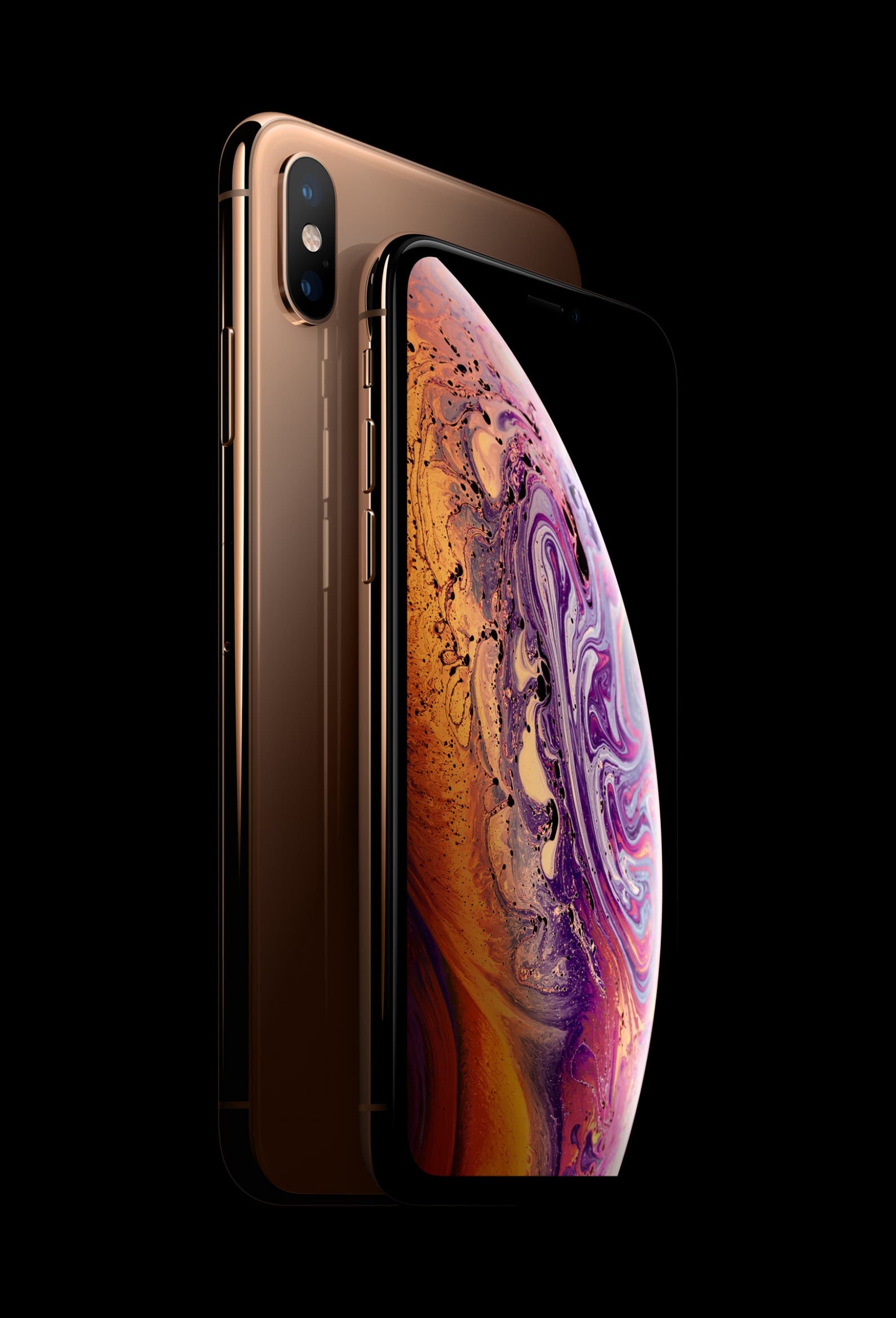
Just like the iPhone 3GS and the pantheon of S-line iterations thereafter, the XS continues to brew Apple’s tried-and-true formula. So, what makes this year’s iPhone XS Max a compelling purchase regardless of its high price? That’s what we’re about to explore. While I’m focusing on the XS Max in this article, all commentary will apply to the XS as well, aside from the Max’s 6.5-inch OLED screen.
OLED Display: Inky Blacks & Rich Color
When weighing the cost, one should consider if the XS Max’s gorgeous Super Retina HD OLED display with its 458 pixels per inch resolution and million-to-one contrast ratio is worth the extra price of admission. In my opinion, it is, but only for certain individuals and use cases. For example, if your expectations have been heightened by the inky deep blacks and broad Super HDR color gamut that the XS Max’s OLED display delivers, it would be painful to regress to a traditional LCD panel used in older iPhones and in the lower-cost iPhone XR.
A Screen that Steals the Show
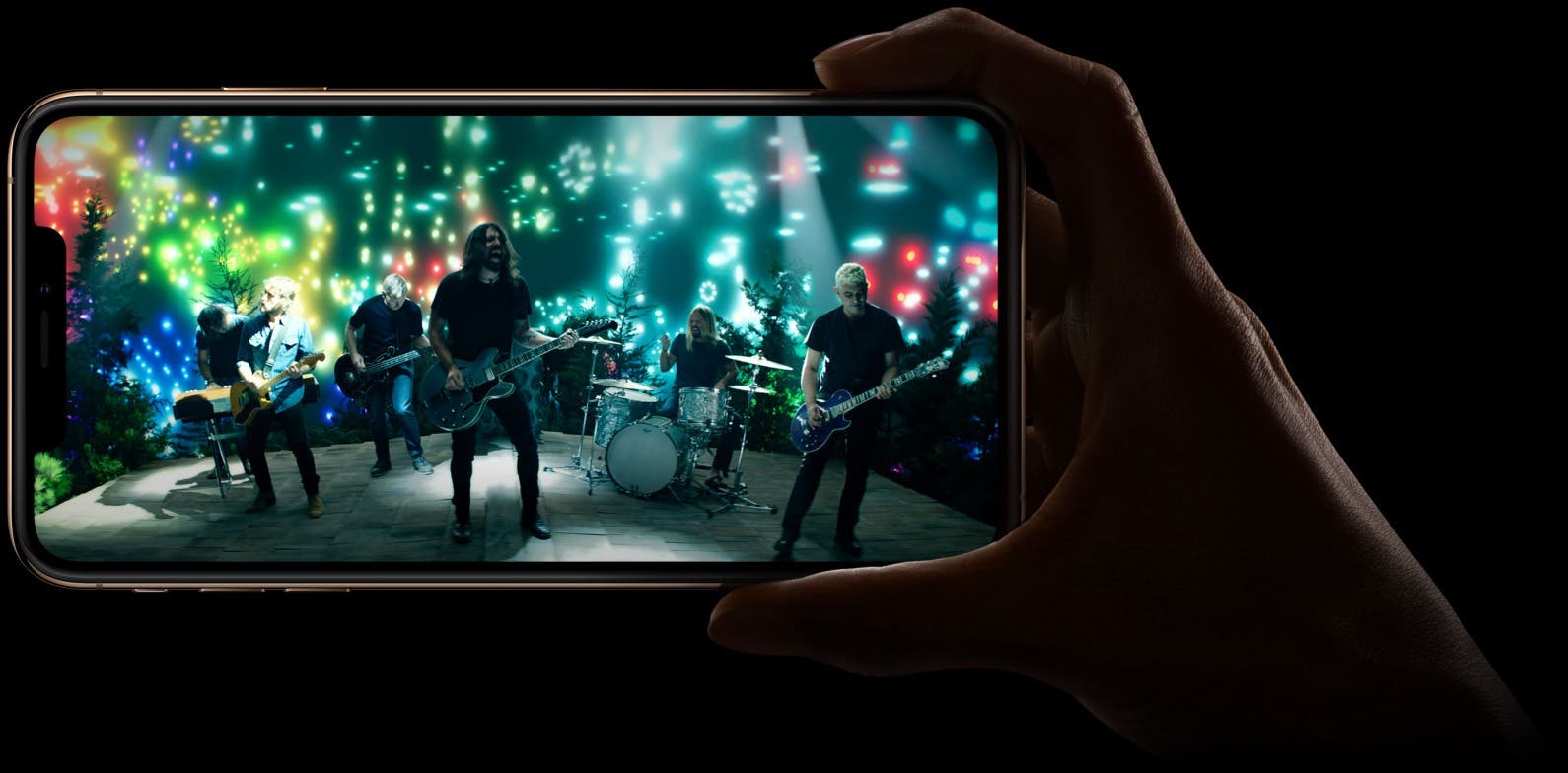
The most attention-grabbing feature is the namesake Max-sized display, the largest to date in the iPhone’s history. There is no easy way to describe the experience of gripping this smooth, all-glass phone, with its stunningly sharp screen spanning from your palm to your fingertips. Upgrading from the iPhone SE to the iPhone XS Max was like moving from a closet to a mansion. The only downside is that the glass back is a significant fingerprint magnet.
The Big Letdown—The Notch
About the only blemish I found on the otherwise spectacular edge-to-edge display is the notch—the small black bar along the top that houses the front camera and Face ID sensors. While several of my iPhone X-toting peers say they quickly acclimated to this deficiency, I still find it to be distracting and intrusive, especially when viewing content in landscape orientation. Apple’s attempt to hide the notch helps reduce its overt front-facing presence (Apple’s own marketing materials hide the notch entirely via a strategically positioned Earthrise wallpaper,) but this effort slightly throws off the symmetry of the display. While modern apps are slowly upgrading to work around the notch and take advantage of the extra screen real estate that the XS Max has to offer, a good portion of my favorite older games are stuck in the past and, in some extreme cases, have up to a quarter of the screen masked by a large black frame.
Considering that Apple was able to embed the Face ID cameras in the new 2018 iPad Pro’s thin bezel, I hope that the notch on the Max will be a temporary blip in the evolution of the iPhone. Remember the iSight camera for Apple’s Mac computer? That sizable tube shrunk down to an embedded chicklet and eventually to an insignificant dot on the top of a Mac laptop. Hopefully, the next generation of iPhone will benefit from the same notch-free, orientation-independent design that the new iPad Pros have adopted.
Stellar Camera Almost Beats Google Pixel
The rear camera of the XS Max exemplifies the level of quality we have come to expect from Apple, but it’s still not the best camera I’ve seen on a smartphone. Some of the filters and post-processing effects create artificially smooth surfaces. Doing so tends to lose the sharp, microscopic facial details that cameras and image post-processing in high-end Android phones (notably the Google Pixel 2 and Pixel 3) help accentuate. Photos taken on the iPhone XS Max are still exceptional, they’re just not perfect. Considering the cost of the XS Max, this may be a mild concern for prosumer photographers who want to make sure Apple addresses these issues in a future software update before making a purchase decision.
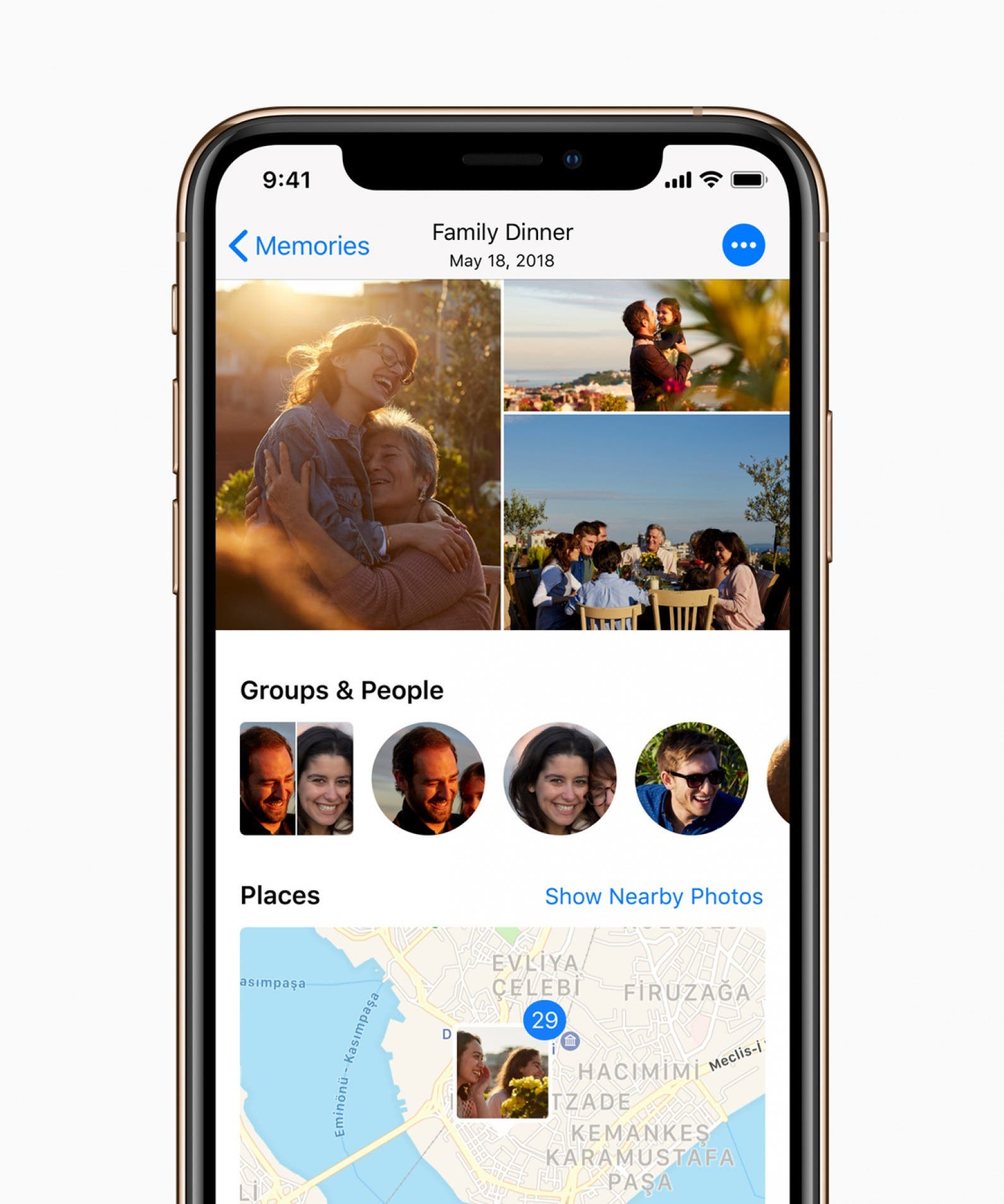
Apple’s Smart HDR is the company’s response to the Google Pixel 2 and 3, which leverage the power of cloud-based artificial intelligence to optimize your photos. Smart HDR takes multiple captures of an image and analyzes the collection for a variety of characteristics such as color, white balance, and exposure, then combines the optimal values into one photo. Combine that with Apple’s depth of field slider, which lets you control how much of the background is blurred (also referred to as the bokeh effect,) and my primitive photographic attempts begin to look remarkable.
4K Video Recording
The large OLED screen coupled with Super High Definition Range (HDR) and Dolby Vision support make videos recorded with 4K 60 frames per second sparkle. The clarity is remarkable, making the XS Max a dedicated video camera replacement. But if you intend to shoot lots of 4K video with the iPhone, I suggest spending the extra money to get the 512 GB model, the highest storage option available in an iPhone today. Just be prepared to have that Face ID notch get in the way of full-screen video playback.
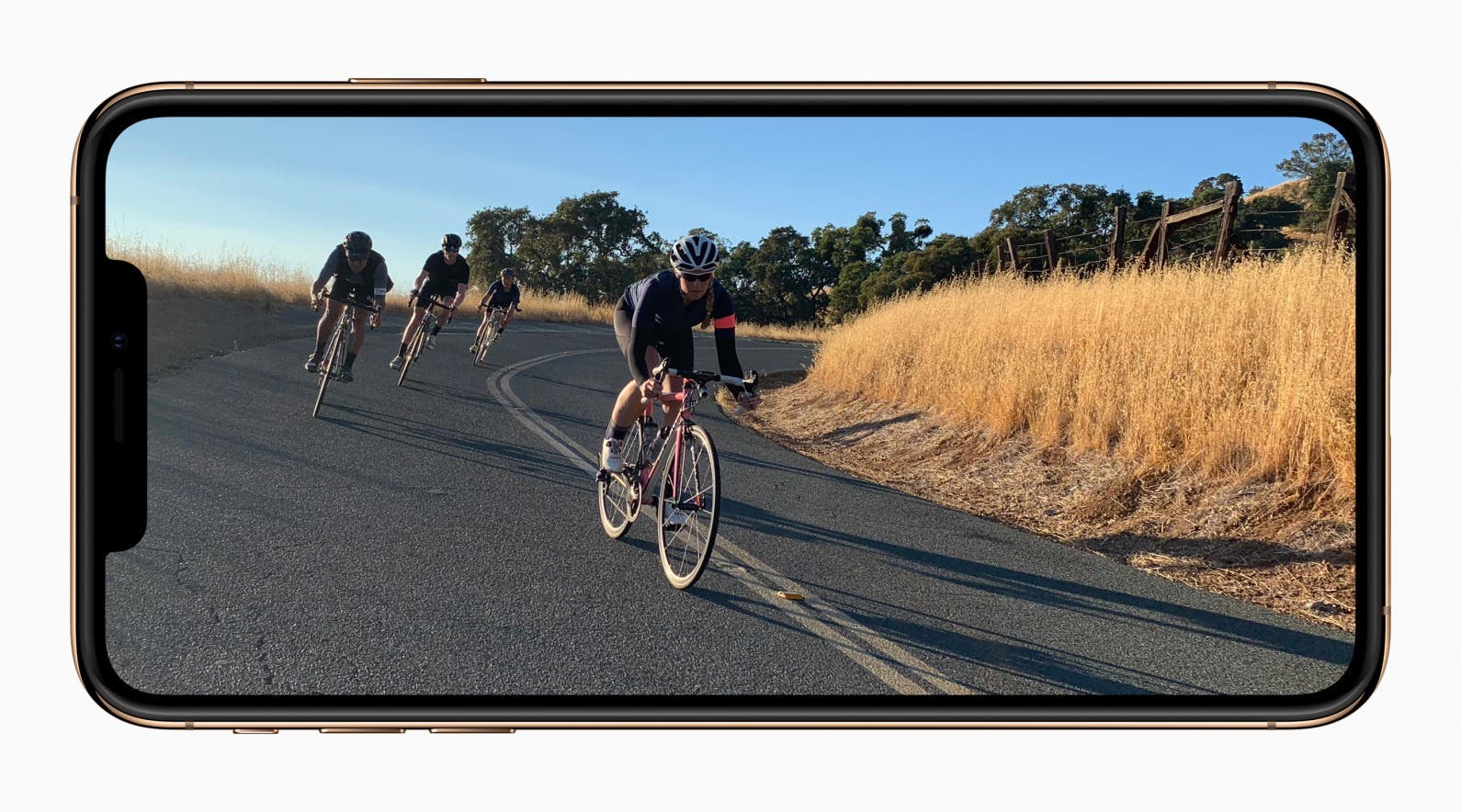
All other technical specifications, such as improved water protection, up to 30 fps slow motion video capture, fast Gigabit-class LTE, slightly improved battery life over the iPhone X, and the new Dual SIM feature place the iPhone XS Max at parity or slightly above comparable flagship Android phones, with Samsung’s Galaxy Note 9 being the closest competitor. The Note 9 also doesn’t have the unsightly front notch, but its facial recognition capabilities do not yet appear to be as fast or accurate as the XS Max. Samsung also enshrouds its user interface in what I find to be a cluttered skin compared to the simplicity and consistent user experience that iOS has presented for years.
Pros
- Gorgeous 6.5-inch screen
- Wicked fast A12 Bionic CPU
- Dual SIM (nano-SIM and eSIM)
- Gigabit-class LTE capable radio
Cons
- Front camera notch
- Lower battery life than the iPhone XR
- No outstanding new features compared to last year’s model
- Expensive
The Final Verdict
The Apple iPhone XS Max is Apple’s pinnacle of iPhone hardware mastery. While it may not be as big of a technical leap forward compared to the original iPhone X, it is still a marvel of high-tech engineering and elegant design. Current iPhone X owners should take a pass on the XS Max unless they absolutely require a bigger screen and more storage. Those with older large display iPhones may want to seriously consider the XS Max, assuming the front-facing notch isn’t too much of a distraction for them.

Mike Riley
Mike Riley is a frequent contributor to several technical publications and specializes in emerging technologies and new development trends. Mike was previously employed by RR Donnelley as the company’s Chief Scientist, responsible for determining innovative technical approaches to improve the company’s internal and external content services. Mike also co-hosted Computer Connection, a technology enthusiast show broadcast on Tribune Media's CLTV.
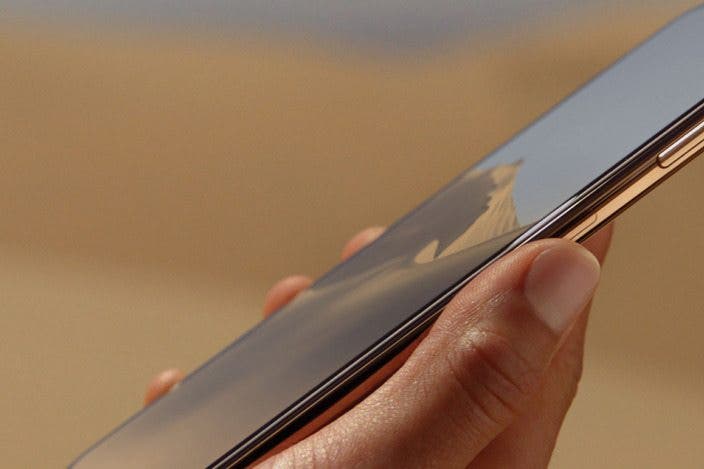
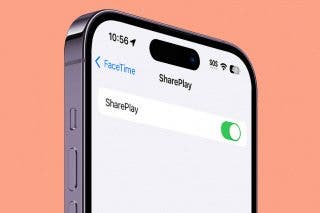
 Rhett Intriago
Rhett Intriago
 Leanne Hays
Leanne Hays
 Olena Kagui
Olena Kagui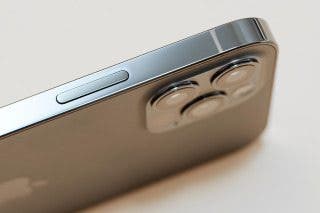

 Cullen Thomas
Cullen Thomas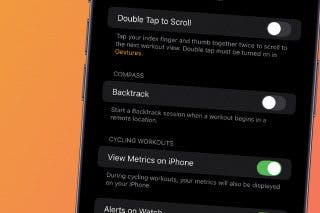

 Amy Spitzfaden Both
Amy Spitzfaden Both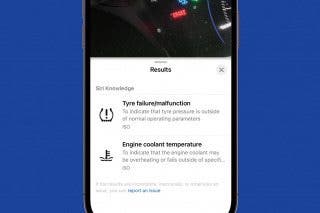
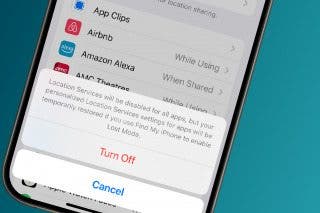
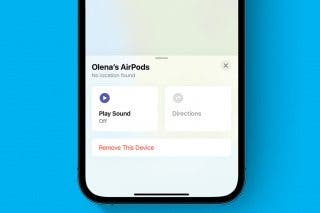
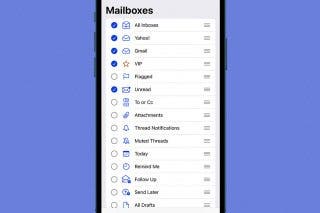
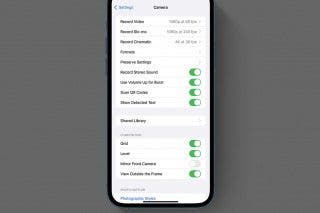


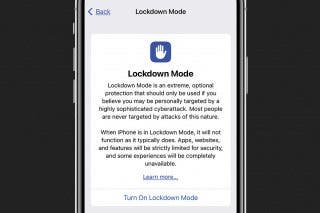

 Rachel Needell
Rachel Needell